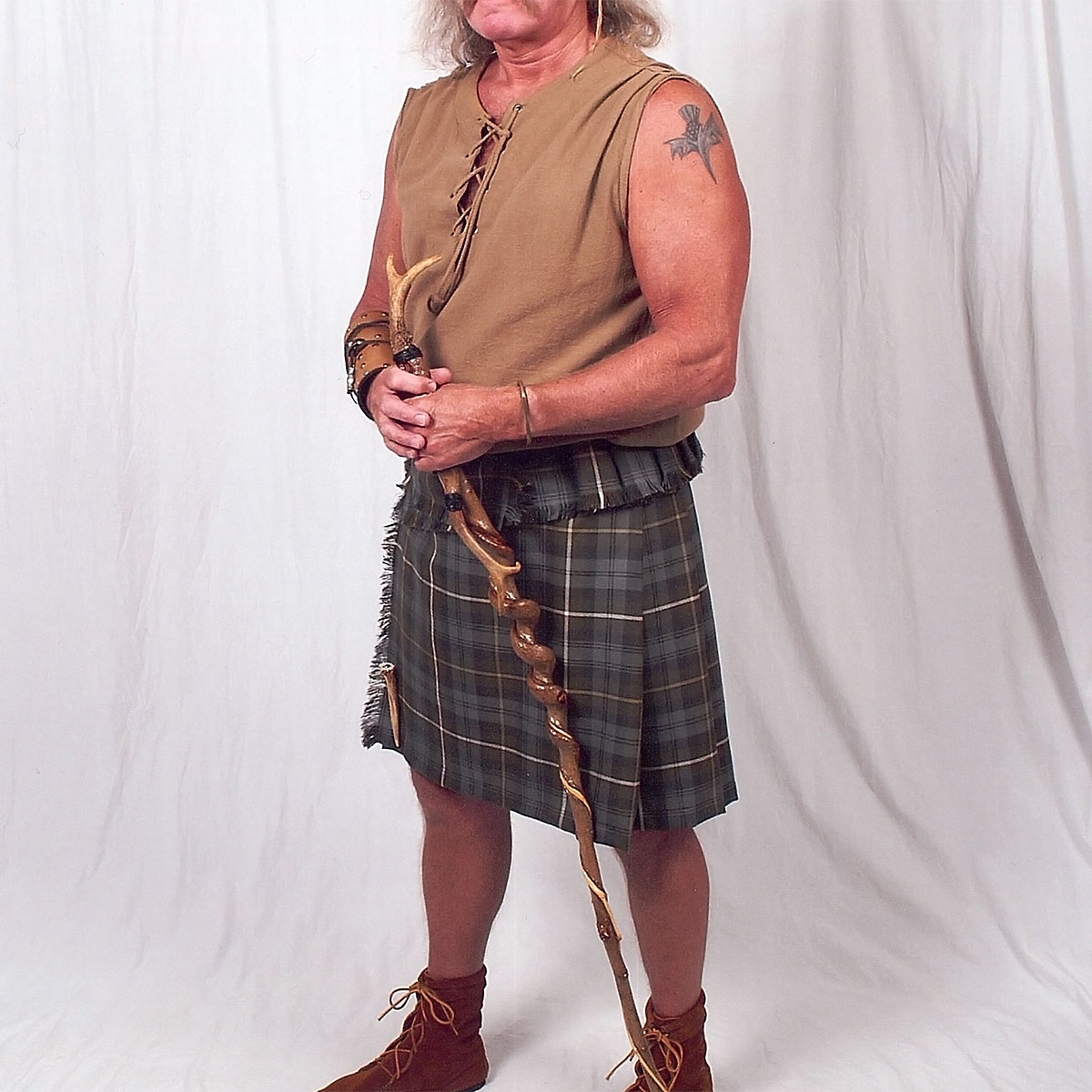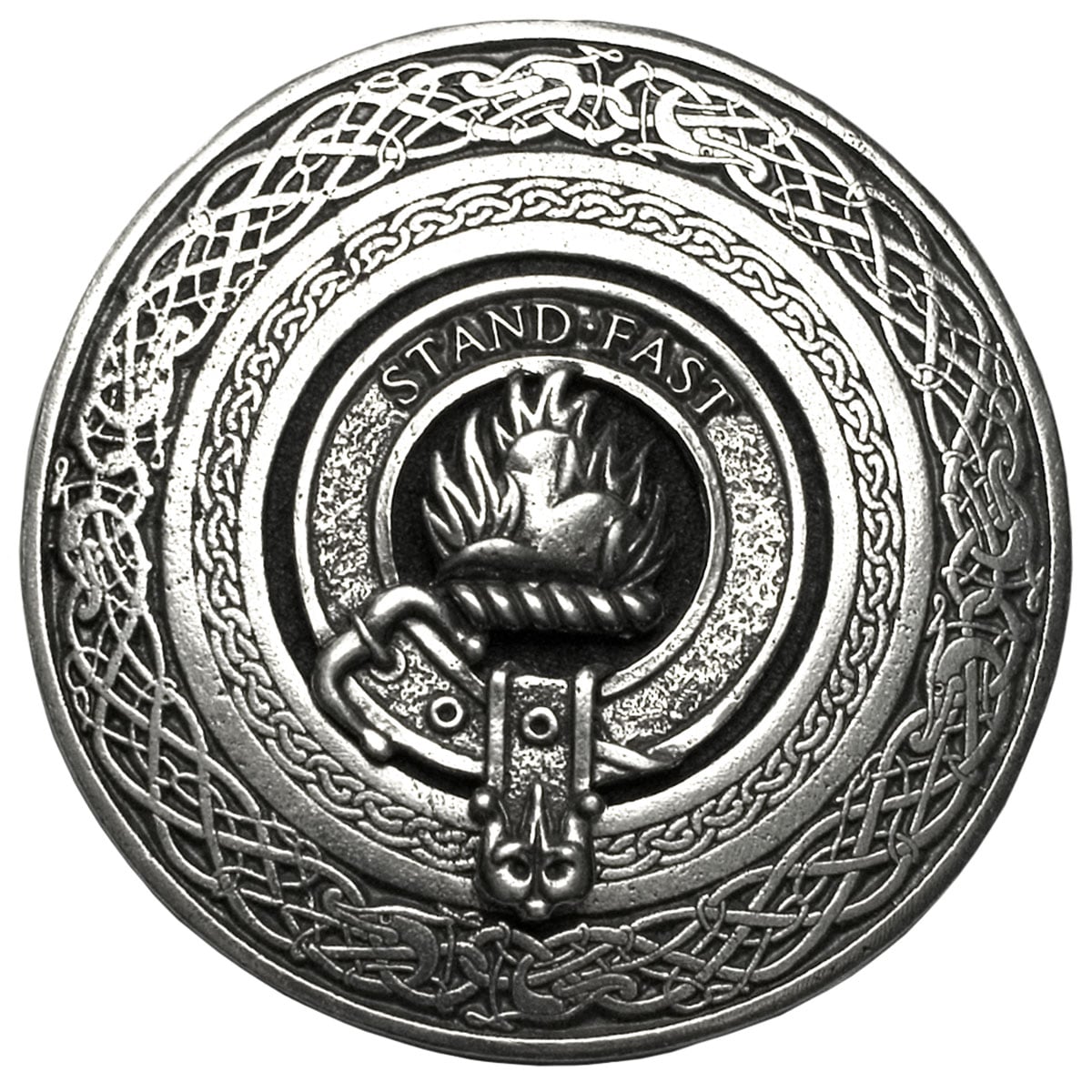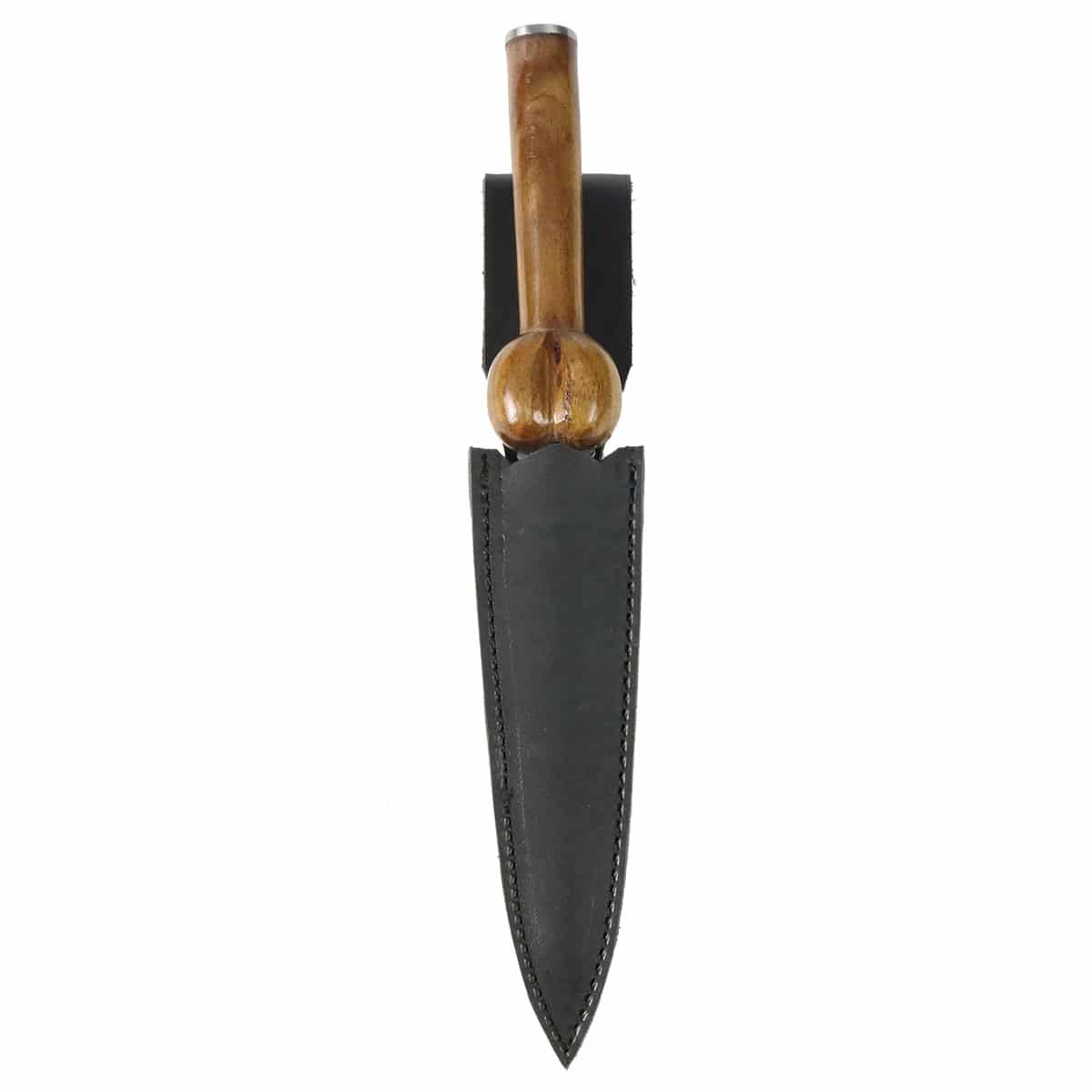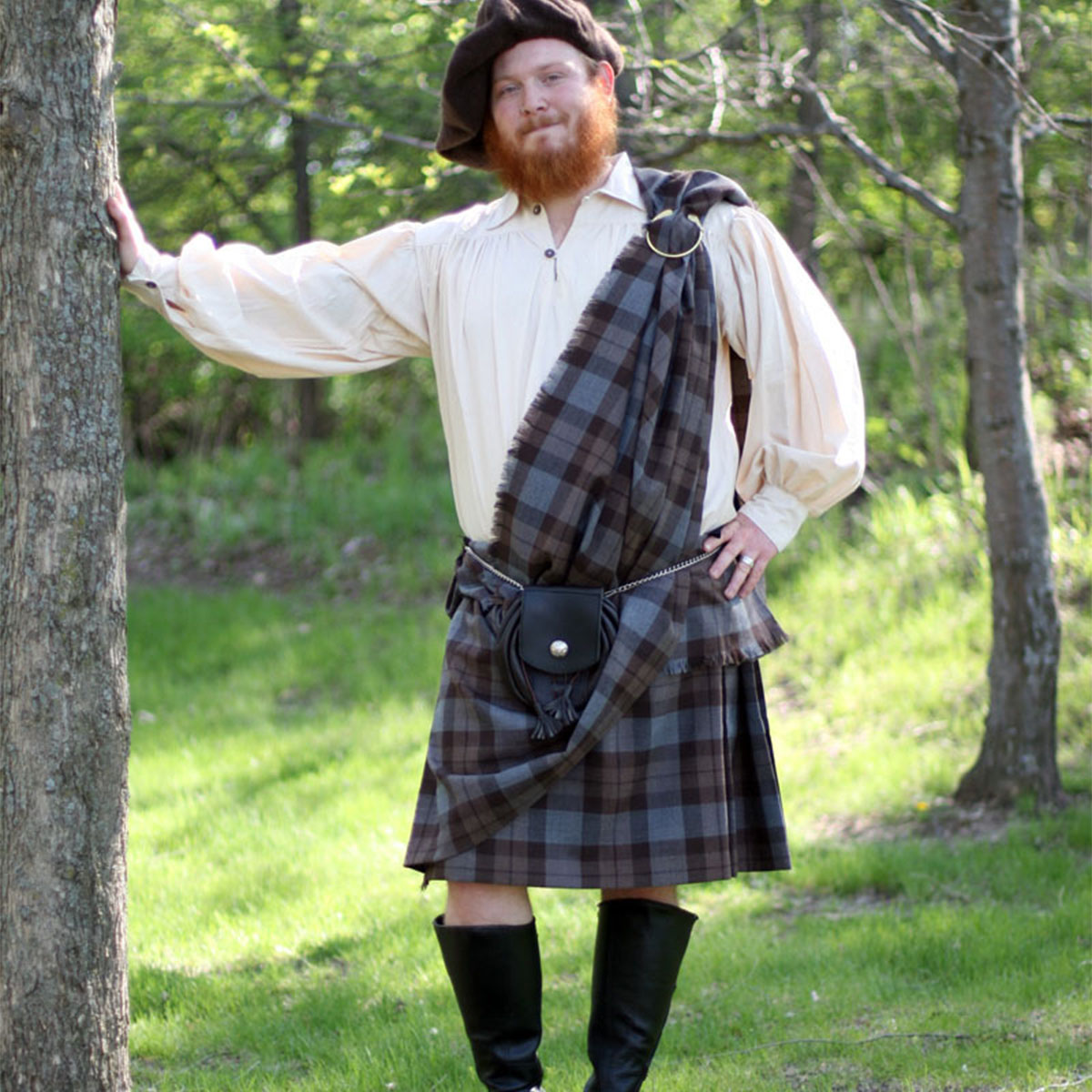When it comes to classic Celtic attire, the Braveheart kilt may be amongst the most distinctive of all the items of clothing! As much a character as any of the actors, this is a kilt that is instantly recognizable, immediately identifiable, and more than likely entirely historically inaccurate.
Yep, hate to break it to you, but if Braveheart is amongst your favorite ever movies, chances are you have your history all wrong. Though there are, without a doubt, plenty of great things about the film, from some stunning scenery to plenty of badass fight scenes, the number of historical inaccuracies is pretty much in double figures.
At The Celtic Croft, we love all things Celtic. We even love Celtic movies that get a few things wrong. Check us out online for a wide variety of Highland things, from tartan to kilts and more.
If you are ready to have your life ruined, read on for some of the biggest oopsies to emerge from the movie!
William Wallace was far from a commoner
To help the average viewer to connect more strongly with the characters, the William Wallace depicted in Braveheart is the best kind of ‘everyman.’ Wallace is an ordinary, hardworking commoner doing the best for his people.
In truth, however, the Wallaces were an elite, well-to-do family. Williams’s father Malcolm took on a position as a knight. Wallace would have enjoyed an excellent, top-level education, and was pretty far removed from the average guy we see on screen.
Warpaint was not a thing for warriors
One of the distinctive aspects of the movie version of Braveheart is the blue face paint worn by participants in the battle. Like so many other factors, this is pure fiction. Painting one’s face had been a tradition upheld by the Scottish Picts and was initially designed to help scare off the Romans. By the time of Wallace, however, this had largely died out. War face painting would not have been seen in a significant battle.
Robert and William for life?
Braveheart comes to a dramatic climax int the betrayal of William Wallace by Robert the 17th Bruce. In truth, however, the story is a little more complicated. As one of the contenders to the throne during the Scottish `War of Independence, Robert did publicly disown Wallace in the early days.
As the conflict developed, however, he came to publicly voice his support for the war effort, and for Wallace’s participation. The on-screen drama of the Battle of Falkirk is a mere artistic license, rather than an accurate depiction.
It is worth noting that the movie does not throw all historical accuracy out of the window; it is true Robert’s father suffered from leprosy, negating his claim to the throne. His son was supported by William Wallace. So not all flights of fancy then!
Stirling Bridge was actually a bridge
It was a slight letdown when watching the movie, and after much anticipation to finally see the much-feted battle at Stirling Bridge, there was a distinct lack of one feature in particular. Namely, the bridge mentioned above.
This omission is pretty significant. The actual battle included Stirling Bridge. The bridge was so small that only three cavalrymen could cross at a time. This detail pretty much handed victory to the Scots with little effort. All they had to do was wait for the English to cross, and pick them off one by one. This feat which was instrumental in their victory.
The film, however, sees the Scottish fighters construct pikes to help counter the cavalry, while a strategic plan saw their own men take out the English archers from behind. The importance of the cavalry in the overall success is accurate. However, the rest helps the Scottish players look far more impressive than they actually were.
Enjoy the bagpipes!
Curiously, the movie makes a huge deal out of the fact that bagpipes were apparently banned. This act never occurred at any point during the thirteenth century. While a ban has been implemented at some points during Scottish history, there has never been a single mention in historical records about banning bagpipes during this era.
We’re guessing the movie makers just didn’t want any cheerful distractions from the Big War Stuff.
There were probably no kilts
One of the most distinctive and long-lasting images from Braveheart is, without doubt, the majestic battle scenes. These scenes featured a bold tartan kilt to demonstrate the overall Scottish-ness of the entire experience. They fit in well with our modern imagining of medieval Scotland. They also offer a soothing memory of what we expect the traditional battlefield to have looked like.
In truth, however, it was probably all a lie.
Instead of the typical plaid kilts, it is far more likely that the Scots of old would have adorned themselves in tunics. These tunics were known as ‘leine croich,’ and the color would have depended mostly on the ingredients they had available.
Saffron was particularly popular and is the color most commonly referred to in the source material of the period. It could be a costly shade, however, and so was far more accessible to the noble and elite warriors. Despite this, poor fighters would still have attempted to emulate this color by dying linen with bark, crushed leaves, or even horse urine to get their hands on the expensive saffron hue.
This tunic would likely have been secured with a belt to keep the outfit in place. Next, the tunic would be covered with a cowhide or deerskin jerkin, dipped in pitch, or waxed, to help keep it waterproofed and protected from the elements. The overall look is far more likely to have been the image one would have seen had Braveheart come to life. The kilts we so fondly imagine are, likely, merely an exploration of creative license.
Plus, chances are they looked way more impressive on screen than a simple yellow tunic. So, we can kind of understand the decision of the producers, to be honest.
Can I wear a Braveheart Kilt?
However, choosing to honor this great man and film with a kilt is perfectly acceptable. You can even get a breast plate, scabbard, and arm guard to go with your kilt. At The Celtic Croft, we have a Braveheart Ancient Kilt, Phillabeg Kilt, and Great Kilt, along with yards and yards of Braveheart tartan.

Don’t be downhearted!
While it may be hard to accept that your favorite movie is full of lies, don’t let it get you down. You can still channel your inner warrior by picking your very own kilt and re-enacting history in the way you wish it had happened. Here at The Celtic Croft, we are pleased to help you blur the lines between history and artistic license, and have a range of authentic styles and products to choose from.
What are you waiting for? Time to fight for freedom!







